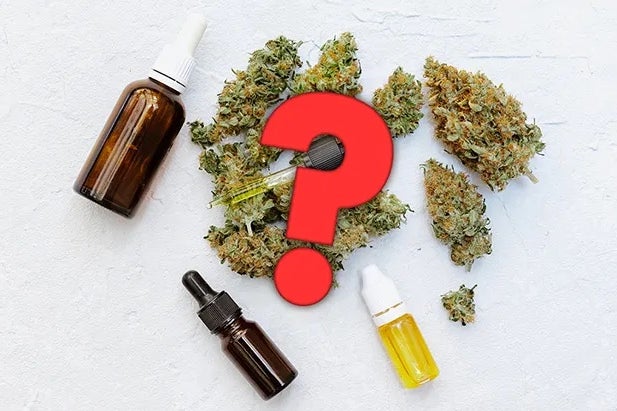[ad_1]
By Paul Armentano, NORML Deputy Director
Rarely a week goes by without police or other public officials warning about so-called “fentanyl-laced” weed. Upon closer inspection, however, there’s little if any truth behind these sensational claims.
A case in point: Police in Brattleboro, Vermont generated headlines last year when they, along with agents from the federal Drug Enforcement Administration and Department of Homeland Security, arrested multiple persons on charges of distributing fentanyl-tainted cannabis.
Days later, however, lab tests confirmed that no fentanyl was present in any of the marijuana samples that had been seized in the raid.
A similar, highly publicized, scenario also unfolded in Connecticut, where officials alleged that marijuana laced with fentanyl was responsible for over three dozen overdose incidents. Forensic analyses later determined that only one of these cases actually involved the ingestion of fentanyl. That case, health officials said, was probably the result of accidental contamination.
Such sensational pronouncements, followed by far less publicized refutations, are nothing new.
In 2019, Kellyanne Conway, the Trump administration’s opioid crisis czar, publicly alleged that cannabis consumers were routinely purchasing fentanyl-laced products on the illicit market. That claim was later dismissed by a senior DEA chemist, who acknowledged that the agency had no record of ever having seized any marijuana that tested positive for fentanyl.
To be clear, marijuana sold on the unregulated market can be of variable quality and purity. In some instances, unscrupulous sellers may even taint cannabis with other controlled substances (though rarely, if ever, is fentanyl among them). In other instances, they may sell samples that inadvertently contain molds or other components that can pose serious dangers to health. Yet in other cases, they may peddle products laced with chemicals that seek to mimic the effects of cannabis, but that pose far greater health risks.
Of course, the solution to these public health concerns isn’t to amplify sensational (and often fictitious) claims. It’s to eliminate the risk of tainted products.
Under a legally regulated system, cannabis products are made available from licensed manufacturers at retail stores. Cannabis is cultivated, and products are manufactured, in accordance with good manufacturing practices. Products are lab tested and labeled accordingly — ensuring that consumers have access to products of verified purity and potency.
To date, 19 states have enacted laws regulating the adult-use cannabis market. To date, these policies are working largely as voters and as lawmakers intended. The illicit market is being disrupted (though not altogether eliminated) and fewer consumers are being exposed to tainted products.
Will marijuana legalization bring an end to the fentanyl epidemic? Of course not. But by taking cannabis products off street corners and placing them behind the counter, lawmakers can provide consumers with a safer experience and greatly reduce their risk of being inadvertently exposed to contaminated products.
[ad_2]
Image and article originally from www.benzinga.com. Read the original article here.

